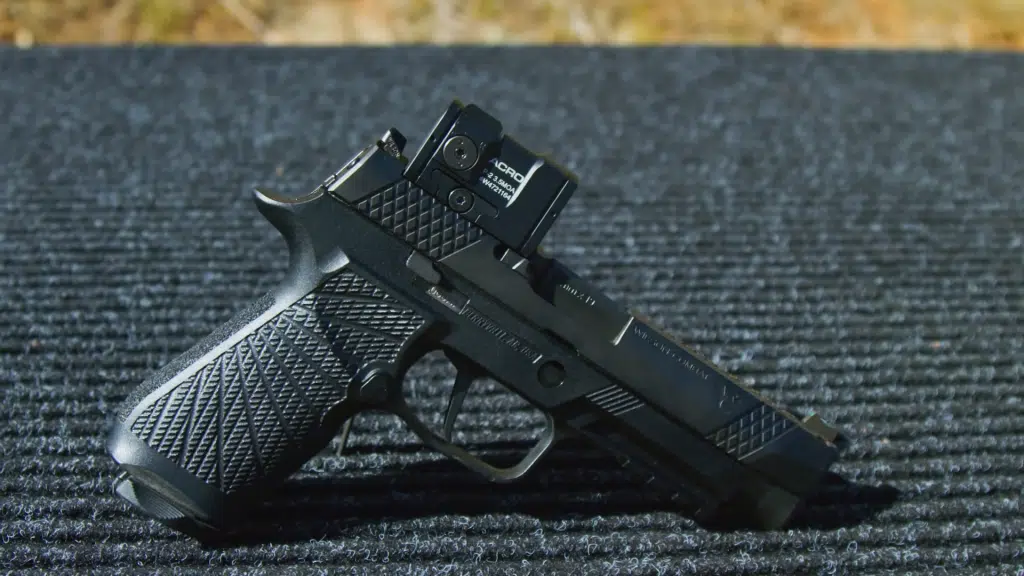Red dot sights (RDS) are revolutionizing handgun shooters’ accuracy and speed, making them common for concealed carry, duty, and range shooting. Services like red dot optic cuts enable secure mounting of high-quality red dots, improving fit and function. However, transitioning to these modern optics presents challenges and essential considerations.
Enhanced Accuracy
One of the standout advantages of red dot sights is their ability to improve accuracy drastically. Traditional iron sights demand precise front and rear components alignment while simultaneously focusing on the target. This multi-plane focus can break down under stress, diminishing accuracy. Red dots, in contrast, consolidate the aiming process into a single illuminated point, allowing the shooter to place their visual attention on the target itself and overlay the dot for a more intuitive shot. For optimal performance and compatibility, precision modifications like Holosun optic milling ensure a secure and tailored fit for your red dot sight setup.
Faster Target Acquisition
Red dot sights improve defensive and competitive shooting by streamlining the aiming process, eliminating the need for multiple sight elements. This efficiency is particularly beneficial under pressure. Adding a red dot can save “first shot on target” time, impacting real-world outcomes in shooting sports and self-defense training.
Improved Performance in Low-Light Conditions
Red dot optics offer an illuminated aiming point for better accuracy and confidence in low-light conditions, making them popular among law enforcement and military agencies for reducing misalignment and misfires, especially in home defense and competition matches.
Considerations and Potential Drawbacks
Red dot-equipped handguns offer numerous advantages, but shooters should consider the potential downsides. Quality optics and professional milling costs can be high, and transitioning from iron sights may be challenging. Red dot sights rely on battery-powered electronics, so maintenance and regular inspection are crucial. Despite these drawbacks, they offer potential benefits.
Training and Adaptation
Mastering a red dot-equipped handgun requires consistent practice, dry-fire exercises, live-fire range sessions, understanding the dot’s settings, and quality training. Online resources and national shooting sports organizations offer tailored resources for speed, precision, and sight recovery.
Conclusion
Red dot sights improve handgun shooting accuracy, target acquisition, and effectiveness in low-light environments. Despite initial costs and learning curve, quality equipment and training often outweigh drawbacks. Professional services like red dot optic cuts ensure flawless function.








